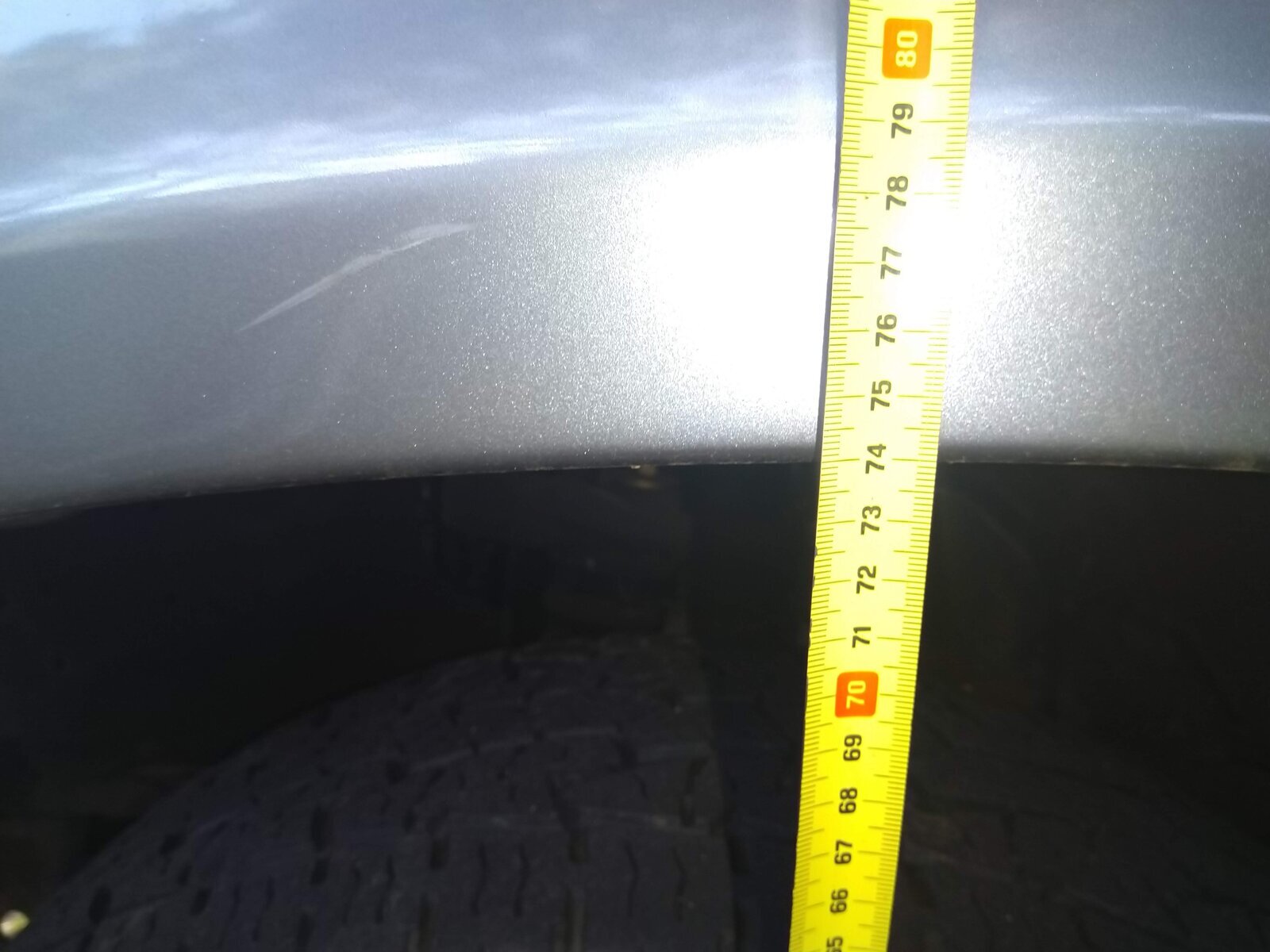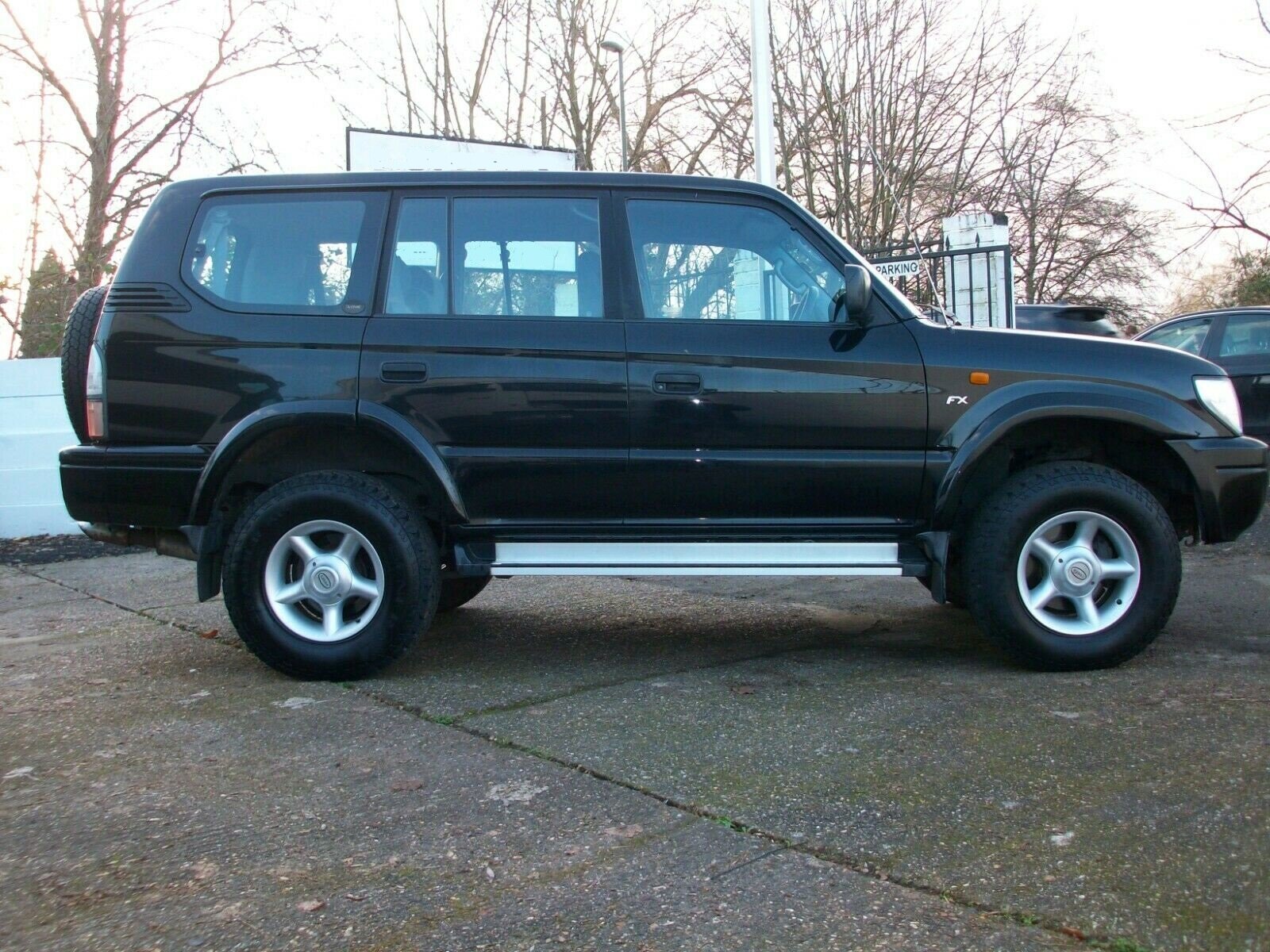Matt Vee
Member
- Joined
- Jul 22, 2019
- Messages
- 164
Bored as a bunch of holes so I disconnected the front anti roll bar to see if it does make a difference to articulation/handling.
Here's a vid. It's not very scientific.I used a small kerb to get one corner activating.
Clip without the front plastic bumper is my kid driving it with sway bar connected
Clip with plastic bumper is the bird driving it with sway bar disconnected.
Can you see any difference?
Only difference I can see is my kid is a smoother driver than the bird.
That and it bounces more when the back end goes over, but that still has the sway bar installed.
At higher speeds which I didn't vid, it seemed to make more difference and if you watch closely the droop is faster without the sway bar (could just be the birds driving though)
On road it deffo felt more like a boat with the front nearside diving going round a roundabout where it wouldn't normally.
So what do you think?
Is it actually more independent or bog all difference?
Here's a vid. It's not very scientific.I used a small kerb to get one corner activating.
Clip without the front plastic bumper is my kid driving it with sway bar connected
Clip with plastic bumper is the bird driving it with sway bar disconnected.
Can you see any difference?
Only difference I can see is my kid is a smoother driver than the bird.
That and it bounces more when the back end goes over, but that still has the sway bar installed.
At higher speeds which I didn't vid, it seemed to make more difference and if you watch closely the droop is faster without the sway bar (could just be the birds driving though)
On road it deffo felt more like a boat with the front nearside diving going round a roundabout where it wouldn't normally.
So what do you think?
Is it actually more independent or bog all difference?






